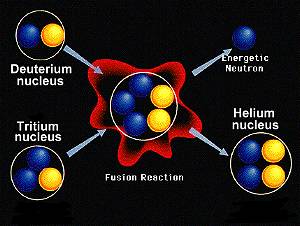The cretaceous time period started 144 to 65 million years ago, it is the final of the Mesozoic Era.This was when the Earth started to flourish. Many volcanic activities started appearing and in the oceans many giant Turtles, Marine Reptiles were appearing. On lands new Dinosaurs, Mountains, Insects, Flowers and Birds were appearing. At the end of the Cretaceous time period many Dinosaurs and other species became extinct. The Cretaceous Era was also the time in which life as it now exist on Earth came together to form the Earth we live in today.
Reflection
1). What did you enjoy most about this project?
What I enjoyed most about this project was the fact that I learned something I didn't know before and turning it into a creative project.
2). What was most challenging about this project? Why?
What was the most challenging part for me in this project was making the reference sheet. where we got the information and also recording that information on the video.
3). What would you change about this project and why?
What I would change about this project is I would go back and change my spelling and grammar to make it more accurate.
4). What are 3 things that you learned from this project?
- I learned that the Cretaceous Era was the period where Earth started to Flourish.
- I learned that the Cretaceous Era lasted for 65 million years ago.
- I learned that The Geological Time Scale is the study of the Earth from the beginning of time to the present.
GLOG






